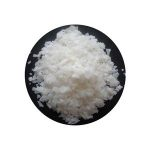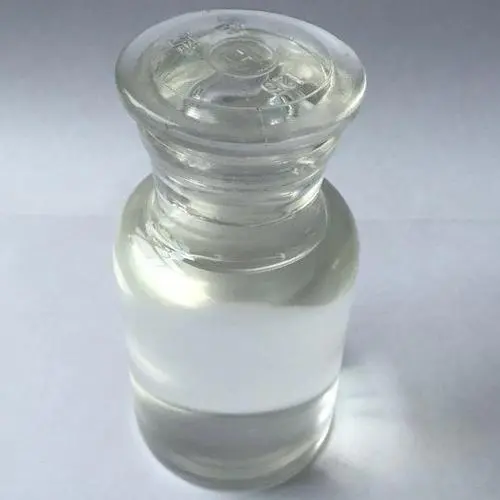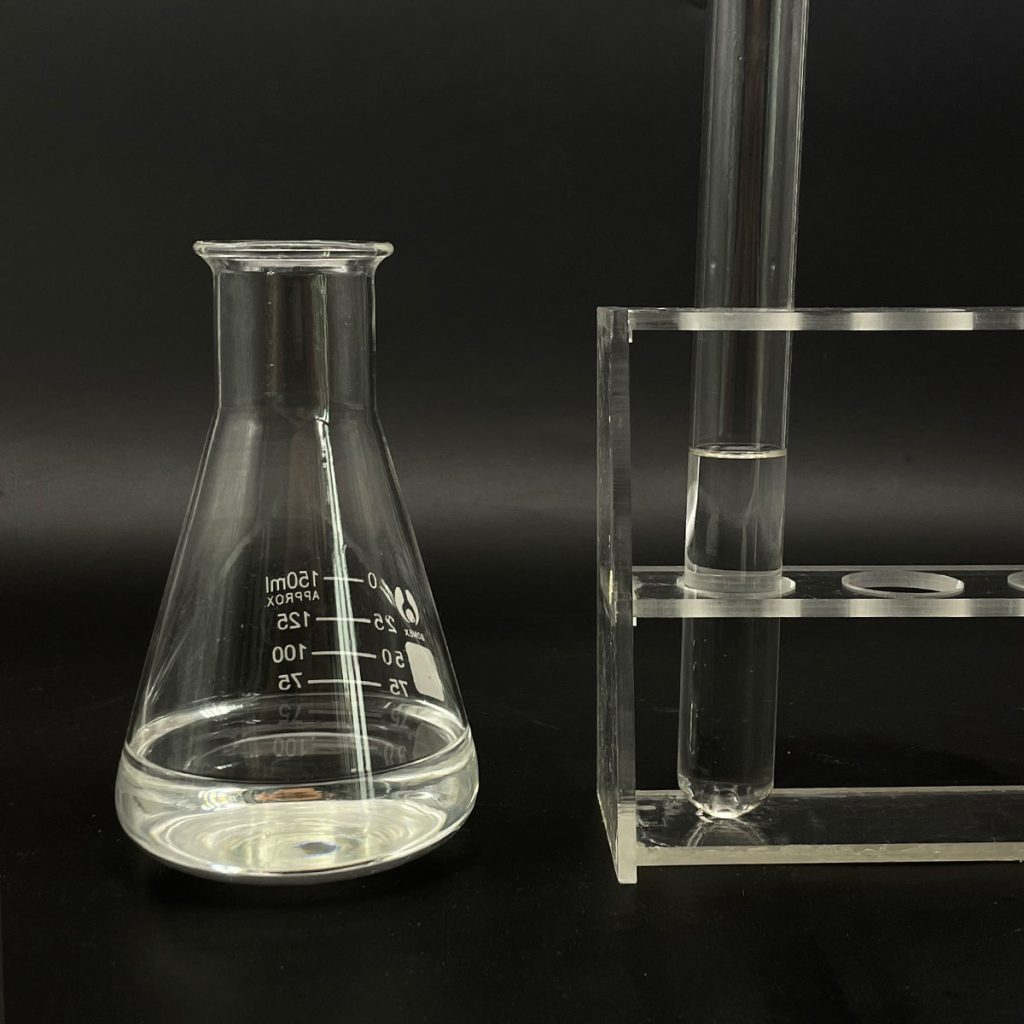1. Introduction
Just 36 hours ago, a viral TikTok video showed a Texas farmer dramatically spraying his overgrown pasture with a homemade herbicide mix containing—wait for it—dish soap and sodium lauryl sulfate. Within hours, agronomists were buzzing: Was this DIY hack actually science?

Turns out, it’s not just internet folklore. Sodium lauryl sulfate (SLS), aka sodium dodecyl sulfate, is quietly becoming a go-to surfactant for herbicides—especially in tough, waxy-leafed weeds that laugh at Roundup. And no, it’s not the same as the SLS in your toothpaste… though chemically, it’s identical. The difference? Intent. And concentration.
2. Why Surfactants Matter in Weed Control
Before we dive into SLS, let’s answer the burning question: what is a surfactant? Simply put, a surfactant is a molecule that reduces surface tension—think of it as a molecular matchmaker between oil and water. In farming, surfactants help herbicides stick, spread, and soak into plant leaves instead of beading up and rolling off like rain on a duck’s back.
Without a surfactant, your expensive weed killer might just take a scenic tour down the leaf and into the soil—useless. With one? It’s like giving your herbicide sticky boots and a VIP pass into the plant’s cells.
3. Sodium Lauryl Sulfate: From Shampoo to Soybean Fields
3.1. The Anionic Powerhouse
Sodium lauryl sulfate (also labeled as sls sodium lauryl sulfate, na lauryl sulfate, or natrium lauryl sulfate) is an anionic surfactant. That means it carries a negative charge, which helps it bind to positively charged plant surfaces and disrupt waxy cuticles.

Unlike gentler alternatives like decyl glucoside, coco glucoside, or sodium cocoyl glutamate (popular in ‘sulfate-free’ shampoos), SLS is aggressive—and that’s exactly what you want when battling stubborn johnsongrass or kochia.
3.2. How It Works in Herbicide Mixes
When added to glyphosate or 2,4-D, SLS acts as a wetting agent for grass and broadleaf weeds alike. It lowers the surface tension of the spray solution, allowing it to spread evenly across hydrophobic leaf surfaces.
Farmers often blend SLS with methylated seed oil (MSO) or non-ionic surfactants like polysorbate 80 or ethoxylated alcohol to create a synergistic effect. The SLS opens the door; the oil carries the herbicide inside.
4. SLS vs. Other Surfactants: The Great Herbicide Showdown
4.1. Anionic Contenders
Sodium dodecylbenzene sulfonate and ammonium lauryl sulfate are close cousins of SLS but less effective on certain weeds. Sodium lauroyl sarcosinate and sodium coco sulfate offer milder action—great for skin, not so much for thistles.

4.2. Non-Ionic and Amphoteric Alternatives
Non-ionic surfactants like Span80, Pluronic 127, or poloxamer 188 are less irritating but often require higher doses. Amphoteric options like cocamidopropyl betaine (aka coco betaine or amidopropyl betaine) work in a wide pH range but cost more.
Then there’s alkyl polyglucoside—a bio surfactant derived from corn and coconut. Eco-friendly? Yes. Cheap? No. For large-scale farming, SLS remains the budget MVP.
4.3. The Cationic Confusion
Cationic surfactants like cetyl trimethyl ammonium bromide (CTAB) or cetyltrimethylammonium bromide are rarely used in herbicides because they can deactivate anionic herbicides. Mixing anionic and cationic surfactants is like inviting oil and water to a wedding—it ends in separation.
5. Practical Tips for Using SLS in the Field
If you’re considering sodium lauryl sulfate for sale as a herbicide adjuvant, here’s the lowdown:
- Use 0.25% to 1% v/v in your spray tank (roughly 1–4 teaspoons per gallon of water).
- Never mix with cationic herbicides—stick to anionic or non-ionic active ingredients.
- Combine with methylated seed oil for maximum penetration on drought-stressed weeds.
- Avoid using in high heat; SLS can cause leaf burn if temperatures exceed 90°F.
And no, your shampoo bottle isn’t a legal herbicide source—use technical-grade SLS from suppliers like Rohit Surfactants Private Limited, not your bathroom cabinet.
6. The Future of SLS in Agriculture
While bio surfactants and fluoro surfactants are emerging, SLS remains unbeatable for cost, availability, and performance. Recent trials even show promise when blended with lignin sulfonate for soil-applied herbicides.
Plus, with rising demand for precision weed control in organic-adjacent systems, expect to see more ‘lawn wetting agent’ products listing sodium lauryl ether sulfate (also called sodium lauryl ether sulphate or sls sodium laureth sulfate) alongside classic SLS.
7. Conclusion
So, can sodium lauryl sulfate help kill weeds more efficiently? Absolutely—if used wisely. It’s not magic, but it’s the closest thing farmers have to a molecular crowbar for prying open plant defenses. Just don’t tell your dermatologist you’re spraying the same stuff that dries out your scalp… on your crops.
Our Website founded on October 17, 2012, is a high-tech enterprise committed to the research and development, production, processing, sales and technical services of ceramic relative materials such as Can. Our products includes but not limited to Boron Carbide Ceramic Products, Boron Nitride Ceramic Products, Silicon Carbide Ceramic Products, Silicon Nitride Ceramic Products, Zirconium Dioxide Ceramic Products, etc. If you are interested, please feel free to contact us.


